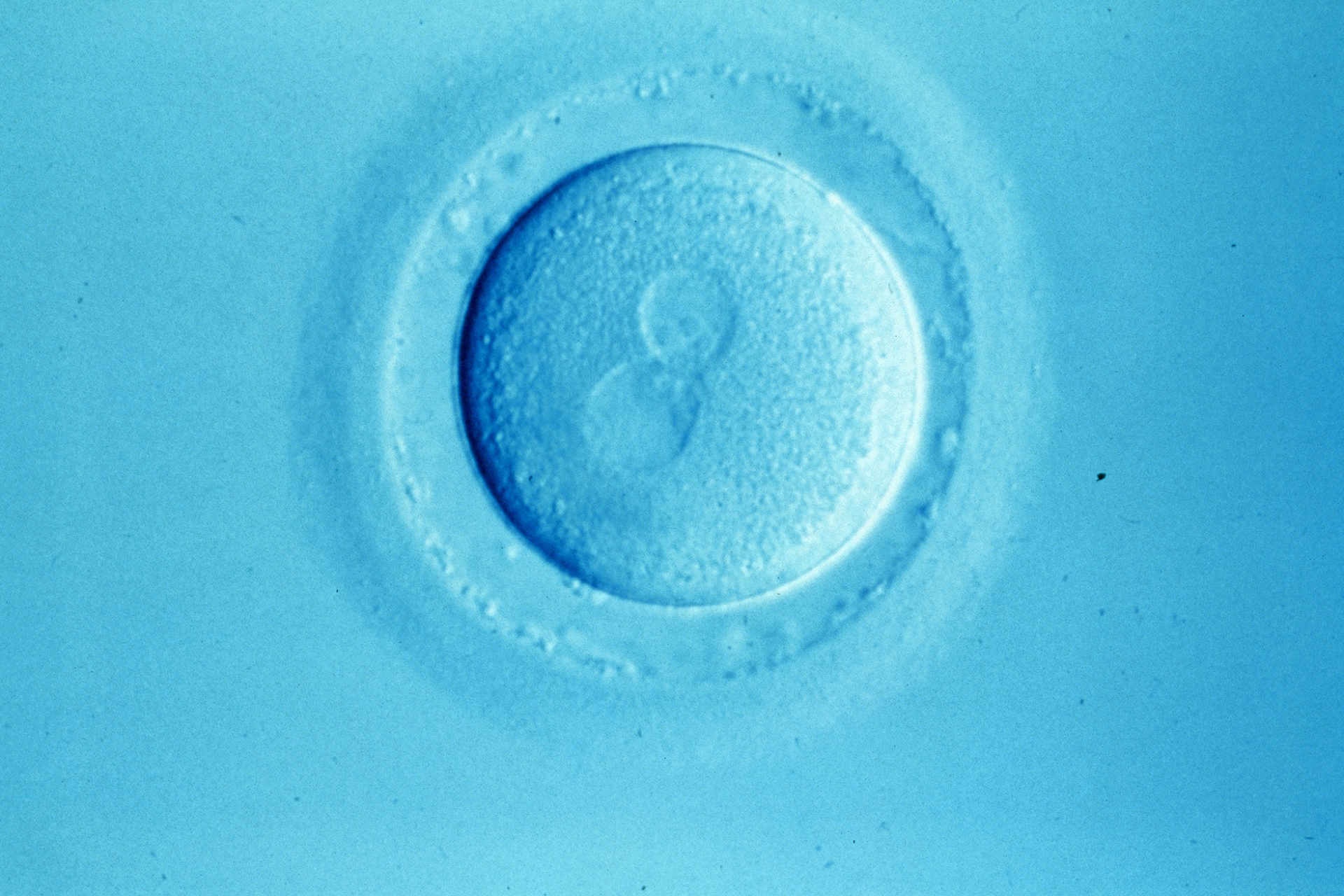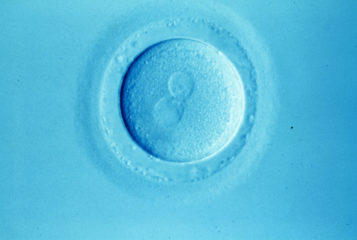Global sperm counts have declined in the last 50 years, an analysis of data published since 1973 has indicated.
Published in the journal Human Reproductive Update by an international team led by Professor Hagai Levine of the Hebrew University of Jerusalem, the data suggests that between 1973 and 2018 the average sperm concentration fell by 51.6 percent and total sperm count also fell by 62.3 percent. Previously the same team had previously published data in Human Reproduction demonstrating a decline in sperm count since 1981 (see BioNews 911), but that analysis had been underpowered for demonstrating this decline in South and Central America, Asia and Africa. However, their latest analysis has indicated the trend is global.
'Overall, we're seeing a significant worldwide decline in sperm counts of over 50 percent in the past 46 years, a decline that has accelerated in recent years' Professor Levine explained.
Meta analysis of 223 studies, yielding 288 estimates based on semen samples collected between 1973-2018 was conducted among two groups of men, from North America, Europe, Australia and South and Central America, Asia, Africa. Sperm concentration was found to drop from an estimated 101 million per ml to 49 million per ml during that time period. Data suggested this decline had accelerated with a 2.6 percent per year decrease in sperm count observed since 2000, compared to an overall decline of 1.2 percent per year since 1973. Data on sperm movement and shape, which can both affect fertility and are considered when analysing sperm, were not included in this analysis.
The authors of the paper called for more urgent research into the causes of the decline in sperm count they had observed. 'The main suspects are global warming and air pollution, but also exposure to chemical substances and smoking before birth, and exposure to pesticides, smoking, mental stress and poor nutrition in adult life' summarised Professor Levine.
However, although this study accounted for factors such as age and excluded men known to suffer from infertility, there were limitations on the conclusions that could be drawn from this study. Improvements had been made in sperm analysis in the 50 years pointed out Allan Pacey, professor of andrology at the University of Sheffield and Progress Educational Trust trustee.
'I remain concerned about the quality of the data in the papers that were published (particularly in the far past) and upon which this new (and previous) analysis was based,' he warned (see BioNews 913).
'Counting sperm, even with the gold standard technique of haemocytometry, is really difficult. I believe that over time we have simply got better at it because of the development of training and quality control programmes around the world. I still think this is much of what we are seeing in the data.
'There have been a couple of other interesting articles which have raised other concerns about this approach, so I am not alone in my skepticism.'
Sources and References
-
Temporal trends in sperm count: a systematic review and meta-regression analysis of samples collected globally in the 20th and 21st centuries
-
Significant decline in sperm counts globally, including Latin America, Asia and Africa
-
New study reveals global sperm count in significant, accelerated decline
-
Humans could face reproductive crisis as sperm count declines, study finds
-
Men's sperm count worldwide decreased by 50 percent in the last 50 years - study
-
Sperm counts worldwide have plunged 62 percent in under 50 years, Israeli-led study finds




Leave a Reply
You must be logged in to post a comment.